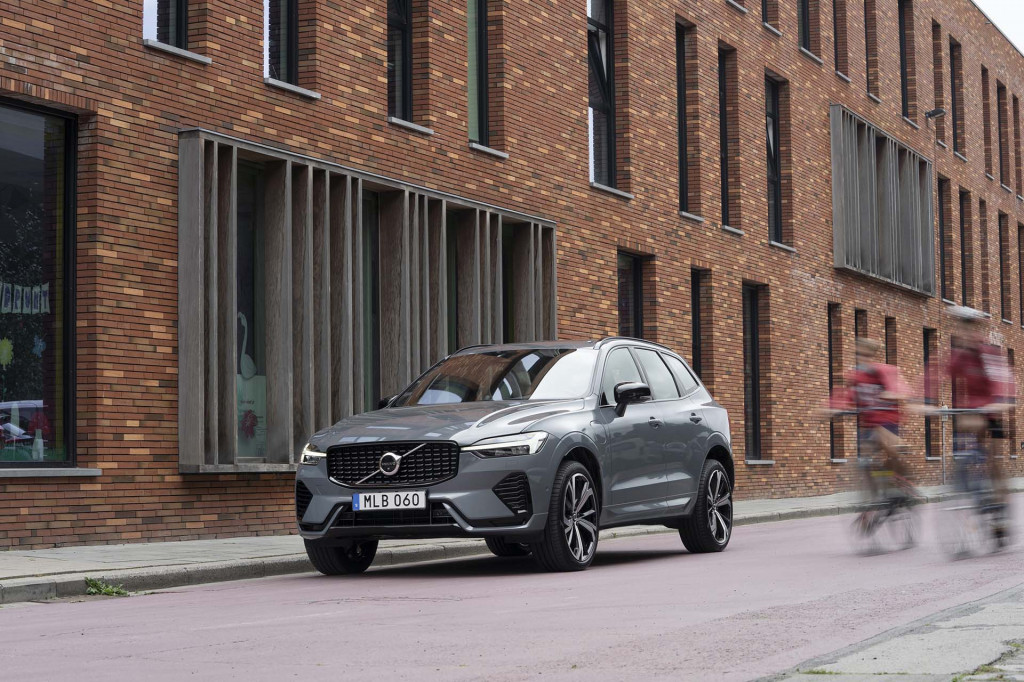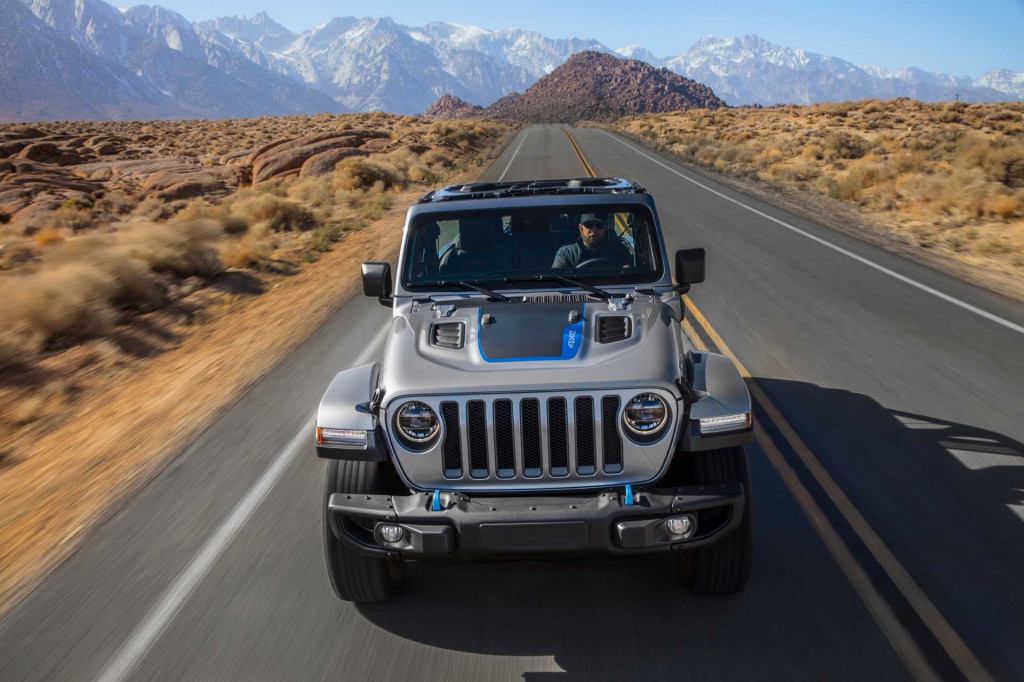

Plug-in hybrid sales stumble in Europe: Do they have a better chance in the US?
Plug-in hybrid sales are stumbling in Europe, once an important market, as demand for all-electric vehicles rises, according to a recent Automotive News Europe report. But plug-in hybrids seem to be faring better in the United States.
As European consumers turned away from diesel cars and regulators tightened emissions rules in the wake of the Volkswagen diesel scandal, many automakers relied on plug-in hybrids to fill the breach, and sales were initially quite strong.
But recent sales data shows plug-in hybrids trending downward as EVs trend upward. In June, plug-in hybrid sales fell 28% in France and 16% in Germany, according to the report. And in the United Kingdom, two all-electric cars are now reportedly sold for every plug-in hybrid.

2022 Volvo XC60 Recharge
Bloomberg New Energy Finance (BNEF) also anticipates that plug-in hybrid sales will peak around 2026, with their share of plug-in sales on the decrease before then.
This isn’t totally unexpected, the report noted. Plug-in hybrids largely served as a stopgap effort until automakers could ready dedicated EV architectures. Vehicles based on those architectures are now reaching production, and anticipated stricter European Union emissions standards for 2025 could force automakers to shift more of their fleets to all-electric powertrains.
It might even be for the better. European regulators have considered ending the plug-in hybrid era early in order to shift the focus to all-electric vehicles. Europe now has a more advanced network of charging stations, meaning drivers are less likely to need an internal-combustion back-up, and some recent real-world tests have highlighted that plug-in hybrids can produce significant pollution when not driven on electric power.

2021 Jeep Wrangler 4xe
Meanwhile, according to the Department of Energy, U.S. PHEV sales more than doubled from 2020 to 2021—a faster rate of growth than EVs. That’s in the context of strong EV sales, with all-electric models accounting for early three quarters of 2021 plug-in car sales in California—the biggest market for those vehicles in the U.S.
Experian Automotive recently noted that it took Toyota 11 plug-in hybrid, hybrid, and EV models to measure up to the U.S. new registration numbers of four Tesla EVs. But some plug-in hybrids, such as the Jeep Wrangler 4xe, have been selling very, very well. Plug-in hybrids topped 20% of Volvo’s U.S. sales in 2021. They’re well past that now.
Plug-in hybrids still offer more flexibility than all-electric cars, but they are also more challenging to explain. After years on the market, automakers struggle to understand whether drivers actually plug in their hybrids any more frequently than when they first appeared.
Add a comment Cancel reply
Related posts


EV Guide: How to Care for Your Electric and Hybrid Car











